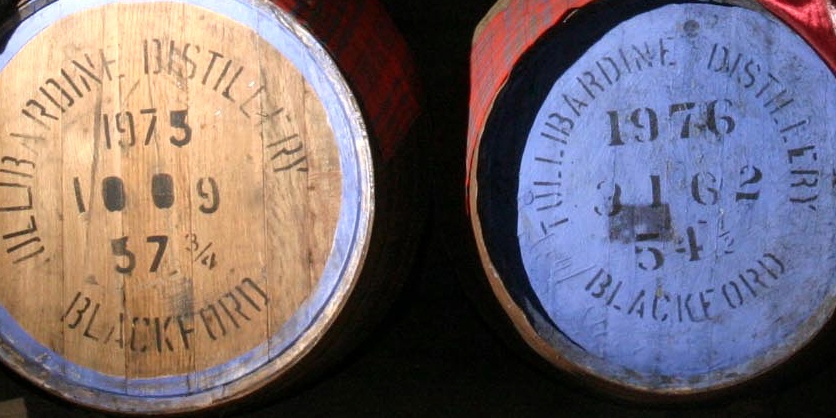We have spent the last two decades successfully stigmatising drink-driving. But what happens if you put the alcohol in the car instead of the driver?
A Perthshire distillery plans to be the first whisky maker in the world to turn whisky by-products into fuel.
Tullibardine Distillery in Blackford, near Auchterarder, has linked up with a spin-off company set up by scientists at Napier University in Edinburgh. They plan to use waste material from the whisky-making process to produce butanol, which can be used to power vehicles.
The idea of using alcohol to power cars is not new. As early as 1980 articles were being written on how budding home mechanics could convert their car to run on ethanol a high-octane fuel produced by sugar or starch fermentation.
It is generally made from sugar cane or corn. Ford, Volvo and (on the second-hand market since their demise) Saab offer cars that can run on ethanol.
Ethanol can also be mixed with conventional fuel in low concentrations (typically under 10%) that can run in conventional engines without any modifications.
However, the vast majority of biofuel is made from converted crops meaning it takes up land that could be used to grow food.
Because many of the crops that are developed into fuel are grown in second or third world countries making green fuel for the rich western world’s cars often takes food from the mouths of the poorest people on Earth.
Making fuel from distillery by-products would change that.
The other exciting thing about butanol which the Tullibardine/Napier tie-up hopes to produce is that unlike ethanol it can be used in an 85%/15% mix with ordinary petrol and used in a normal petrol engine without any modifications.
The butanol at Tullibardine will be made by encouraging bacteria to feed on by-products such as draff and potales. This is tremendously efficient as more than 90% of a distillery’s output is by-product that would otherwise go to waste.
Napier University’s Biofuel Research Centre (BfRC) has already shown that the right bacteria can feed on those by-products to produce butanol.
The spin-out company, Celtic Renewables, and Tullibardine have signed a memorandum of understanding. Together they will apply the process to thousands of tonnes of the distillery’s leftovers.
Professor Martin Tangney, founder of Celtic Renewables, said: ”Our partnership with Tullibardine is an important step in the development of a business which combines two iconic Scottish industries whisky and renewables.”
The area’s MSP Murdo Fraser also welcomed the development.
He said: ”I welcome the initiative shown by Perthshire’s Tullibardine distillery in their pursuit to produce butanol from whisky by-products. In recent years distilleries have looked to re-purpose heat energy and waste products to create bio-energy.
”However, this process goes one step further and produces butanol which can be used to power cars and buses.
”This project is a great example of the contribution private enterprise can make in providing sustainable energy. For too long the focus has been on subsided wind power initiatives like these should be rightfully applauded.”
As well as potentially creating green and renewable fuel the project could also save Tullibardine a significant amount of money.
Currently the distillery spends around £250,000 a year disposing of its waste products.
Celtic Renewables hope to eventually build a processing plant in Scotland and work towards turnover of up to £60 million a year.
Tullibardine alone has the capacity to provide 6,500 tonnes of draff and two million of litres of pot ale, the by-products of whisky which are currently spread on agricultural fields, turned into animal feed or safely discharged into the sea under licence, all at significant cost.
If all the distilleries in Scotland were able to turn their waste into fuel it could create a sector that would rival even that of our whisky industry.
It just leaves one question: will we have to start breathalysing cars as well as the drivers?
